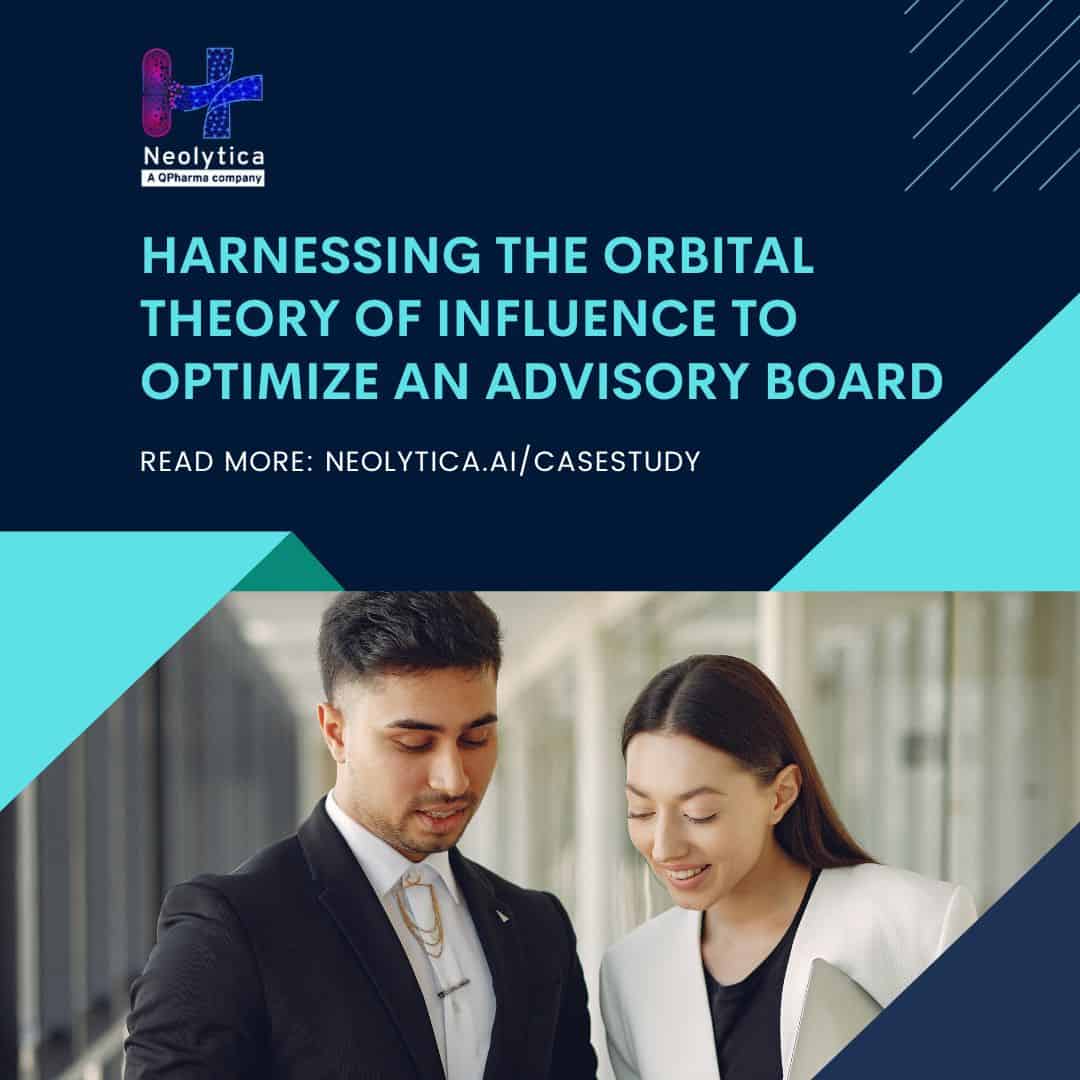Introduction
Relationships are the key to success, and building a strong network of advisors can be the difference between a stagnant business and one that thrives. In this case study, we’ll explore the Orbital Theory of Influence, and how you can use it to maximize the effectiveness of your advisory board. We’ll also discuss the steps you need to take to ensure that your board is functioning optimally and providing the greatest benefit for your business.
Fundamentals of the Orbital Theory of Influence
The Orbital Theory of Influence is a concept that suggests a person’s influence is proportional to the number of people in their social network, or “orbit”.
The theory goes further to propose that strategically expanding one’s orbit can increase influence and reach, leading to the development of meaningful relationships that are mutually beneficial. By establishing direct relationships with individuals outside of one’s immediate circle of influence, one can open up new opportunities for collaboration, idea exchange, and increased influence. The ultimate goal is to build a strong and diverse network that provides both direct and indirect benefits.
Client Specification
Our client, one of the top three pharmaceutical companies, is a global leader in developing and manufacturing medicines to treat various illnesses. They have developed a successful drug, a blockbuster pain medication, for treating Diabetic Peripheral Neuropathy (DPN) and were awaiting approval for sale and promotion in China.
The company wished to build relationships with key medical professionals and institutions, such as hospitals, universities, research centers, and private practice doctors, to increase awareness of the drug and eventually secure drug approval in China. To accomplish this, our client needed a sophisticated influence model to identify and build relationships with key stakeholders. They enlisted our help to build an Advisory Board, and we implemented a bespoke project for our client, utilizing the Orbital Theory of Influence. Through this project, we identified key individuals from various fields who proved to be instrumental in raising awareness and securing drug approval in China.
Challenges faced by the client
The client faced several challenges when it came to engaging key opinion leaders (KOLs).
They needed to identify global and Chinese KOLs with a stronghold on the healthcare professional (HCP) network and develop an effective strategy to engage them. This required collecting data on KOLs in different countries, analyzing their interests and preferences, and determining the best approach for engaging them.
Additionally, understanding the regional regulatory landscape was essential.
To engage with KOLs from a country with deep-rooted cultural nuances, it was important to appreciate their cultural preferences in order to formulate an effective engagement strategy.
Moreover, the impact of digital channels, such as social media, websites, and video platforms, on product promotion could not be ignored.
The client needed a robust engagement plan that integrated all necessary data points and strategies for reaching KOLs. This included researching and identifying KOLs in each country, creating tailored content for each group, and considering the influence of digital channels in reaching potential customers.
Lastly, the client needed to track the results of the plan over time to ensure that their efforts were yielding positive outcomes.
Blueprint of Ideas
After careful analysis and consideration of our client’s requirements, we suggested the following strategies:
Segmented KOL Identification: To optimize our client’s advisory board, we developed a strategy based on the Orbital Theory of Influence. We segmented and grouped KOLs based on their roles and geography, and identified the most reputed and highly interconnected KOLs for each segment/group.
Identify Bridge Builders: To further strengthen our strategy, we also identified “bridge builders” among the KOLs who were intra-connected among different groups. This helped us create a network that reached out to more people, promoting both awareness and influence.
Targeted Messaging: We prepared messages specifically designed to reach the desired target audience. By understanding the dynamics of the industry, we were able to identify the right KOLs who could promote and raise awareness among the decision-makers.
Results
After months of effort, incorporating various strategies including the engagement strategy listed above, our client secured drug approval in China within the given timeline. The results of our efforts with the advisory board changes were:
Regulatory Authority Awareness: The client was able to make a lasting impression on the regulatory authorities and showcased their expertise in the field of DPN.
Credibility Building: By involving global KOLs, they were able to build credibility with local KOLs.
Advisory Board Member Selection: By replacing 10 of their advisory board members, they were able to increase the influence of the advisory board and ensure they had the right KOLs who would be most effective in disseminating the message and building awareness.
Bridge Builder Identification: We identified bridge-builder KOLs who effectively bridged the gap between global and local KOLs, facilitating discussions and fostering collaboration among diverse groups.
Identification of Unconventional KOLs: As indicated by the Orbital Theory of Influence, building connections outside one’s immediate orbit opens up opportunities. As a part of the Advisory Board, an Epidemiologist and a Pharmaco-economist were included. They provided valuable insights on Quality of Life and its impact on the economy, which ultimately helped secure approval from the China Drug Evaluation (CDE).
Overall, the entire exercise resulted in the successful approval of their drug within the given timeline.
Conclusion
The Orbital Theory of Influence can be a powerful tool for businesses to optimize their advisory boards. It enables businesses to identify non-traditional KOLs for their board and use them to build a strong network of stakeholders. By strategically leveraging the strength of their advisors’ networks, businesses can take advantage of the powerful relationships and resources that come with them.
In this case study, our client successfully used the Orbital Theory of Influence to identify key stakeholders, implement an effective strategy, and achieve successful results. We are confident that this strategy can be utilized by other businesses to gain valuable insights from their advisors, increase brand visibility, and ultimately achieve their goals.


